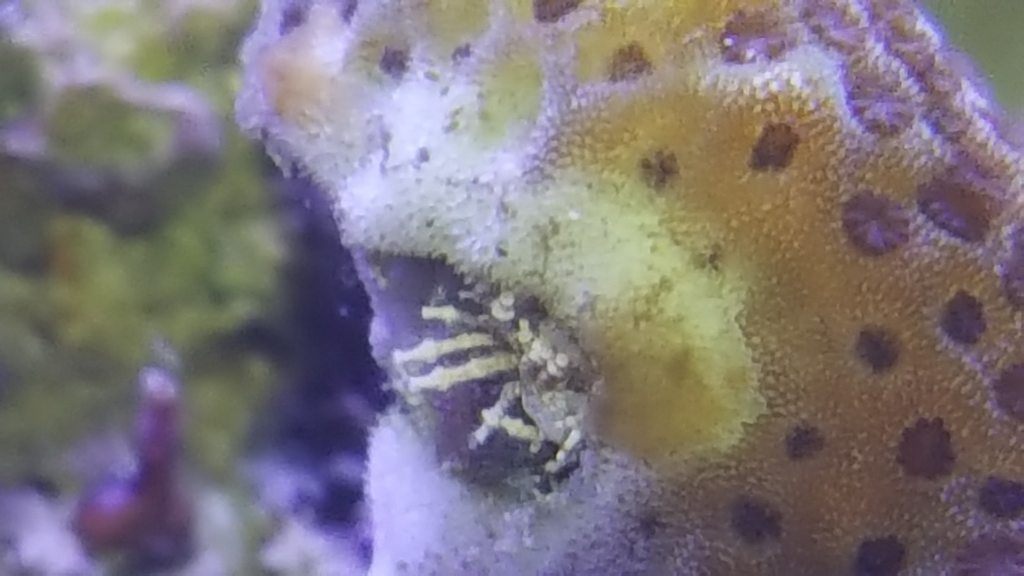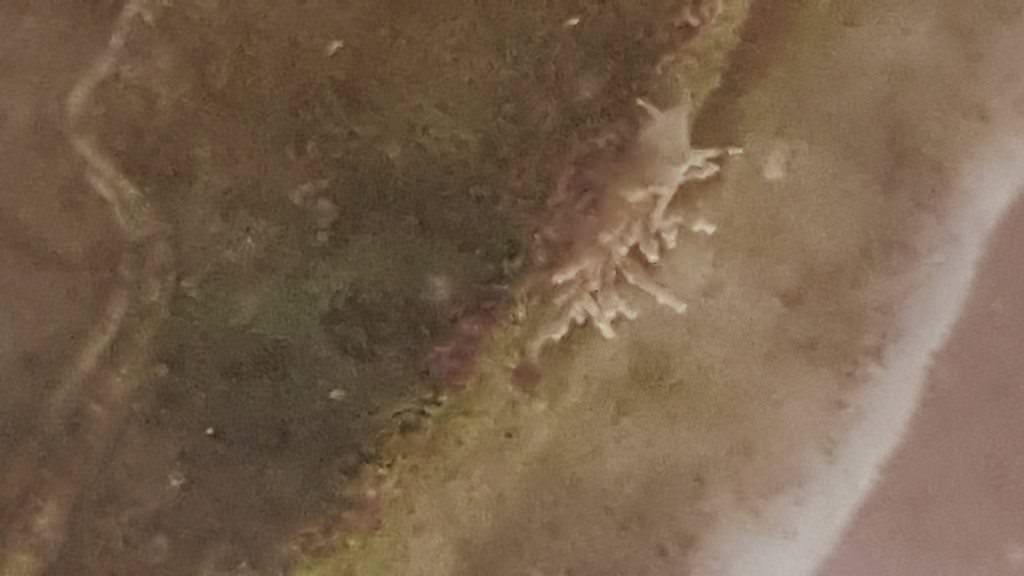I was dipping a few new frags today in Bayer and a second dip in Coral RX.
I found this nudibract dead after the Bayer dip. Is there any way to ID the type?
For those that don't dip new corals, this just goes to show why you ALWAYS should. This is a restart on a crashed tank (possibly due to pests) and was some of the first corals that I had bought to go into it.
 I saved myself some heartache today
I saved myself some heartache today 
I found this nudibract dead after the Bayer dip. Is there any way to ID the type?
For those that don't dip new corals, this just goes to show why you ALWAYS should. This is a restart on a crashed tank (possibly due to pests) and was some of the first corals that I had bought to go into it.


















